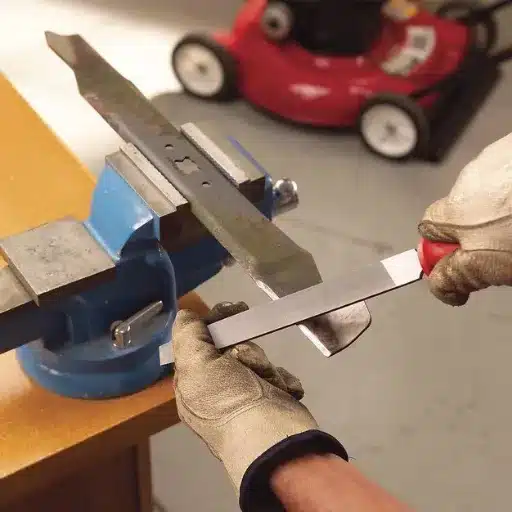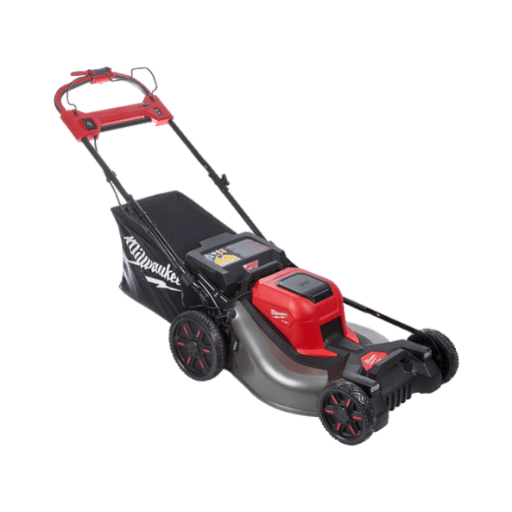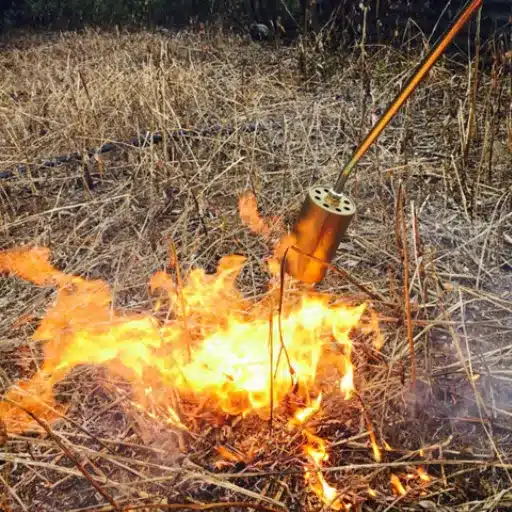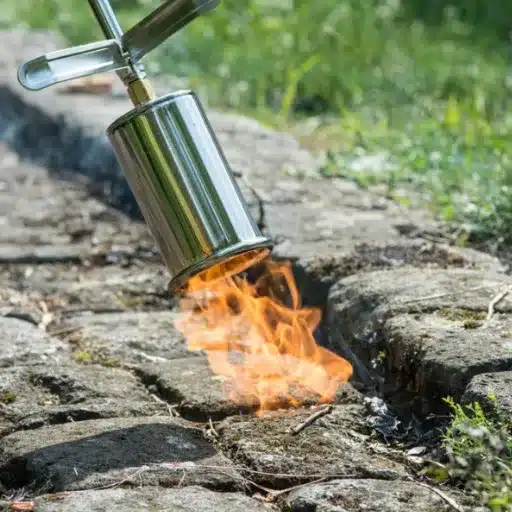In today’s competitive food industry, pasta production lines hold significant importance for manufacturers aiming to meet growing consumer demand efficiently. However, investing in brand-new equipment can be cost-prohibitive, prompting many businesses to consider used production lines as a viable alternative. This article delves into the intricacies of acquiring used pasta production lines, presenting a comprehensive guide to help businesses make informed decisions. We will explore the key benefits, considerations, and potential pitfalls associated with purchasing pre-owned equipment. Additionally, we will discuss crucial factors such as assessing equipment condition, negotiating terms, and understanding market trends, offering valuable insights for those looking to optimize their production capabilities without breaking the bank.
What is a Used Pasta Production Line and How Does it Work?

A used pasta production line consists of machinery and equipment previously utilized in the manufacturing of pasta products. These lines often include components such as dough mixers, extruders, dryers, and packaging machines, all working in harmony to streamline the pasta-making process. The production line typically begins with the mixing stage, where ingredients like flour, water, and eggs are combined to create dough. This dough is then extruded into various pasta shapes, followed by drying to remove moisture and ensure shelf stability. Finally, the pasta is packaged for distribution. While used, these production lines can still offer efficiency and reliable output, provided they are well-maintained and suitable for the intended production capacity.(Recommended product: Spaghetti Production Line)
Understanding the Basics of Pasta Production
To understand pasta production, we start with ingredient preparation. Flour, water, and sometimes eggs form the base of pasta dough, mixed until achieving a consistent texture. The dough then moves to extrusion, where it is shaped into various forms. Temperature-controlled drying ensures the pasta maintains quality and extends shelf life. Finally, packaging seals in freshness and prepares the pasta for distribution. For used production lines, evaluating the condition of machines is essential. Ensuring components are well-maintained can lead to efficient and cost-effective operations, yielding quality product despite prior use.
The Components of a Pasta Line
I start with the dough mixer that combines the ingredients into a smooth dough. Next, the extruder shapes the dough into the desired pasta forms. After shaping, the pasta goes to the dryer, where moisture is removed, ensuring a long shelf life. Finally, the packaging machine seals and prepares the pasta for shipping. I focus on maintaining these machines to ensure they perform efficiently, even when used. By keeping the machinery in good condition, I can achieve cost-effective and robust production, ensuring high-quality pasta output.
How Used Machines are Integrated into Production
Integrating used machines into production begins with a comprehensive assessment to determine their suitability for the current production needs. First, I closely inspect the machinery to identify any wear or damage, addressing repairs or replacements as needed. By performing regular maintenance and making necessary upgrades, I ensure these machines meet modern production standards. Then, I train the staff to operate the equipment efficiently, highlighting any particular adjustments or precautions specific to the used machinery. Finally, I integrate these machines into the workflow, continuously monitoring performance to guarantee seamless operation and consistently high product quality.
Why Choose Used Pasta Processing Machinery?

Choosing used pasta processing machinery presents several advantages. Firstly, purchasing pre-owned equipment is often significantly more affordable than new machinery, reducing initial capital investment. This cost-effectiveness allows businesses to allocate funds to other essential areas such as improving product lines or expanding operations. Additionally, many used machines have a proven track record of performance, offering reliability if well-maintained. The availability of these machines can also be more immediate compared to waiting for new custom-built options. Furthermore, the refurbishment of used equipment can make them as efficient and effective as their newer counterparts. By opting for used machinery, businesses can sustain high-quality production without incurring the financial burdens typically associated with brand-new setups.
Benefits of Buying Used Pasta Equipment
Used pasta equipment offers significant financial savings, with lower initial costs compared to buying new. This allows businesses to invest those savings in other critical areas. Buying pre-owned also means availability is often quicker than waiting for newly manufactured machinery. Many used machines provide proven reliability, having successfully operated in previous settings. Refurbishing boosts efficiency, often matching the performance of their newer counterparts. Choosing used machinery reduces depreciation loss, as the greatest value drop occurs in the first few years. Ultimately, investing in used equipment supports high-quality production while maintaining budget-friendly operations.
Cost-Effectiveness of Used Machines
Used machinery, particularly in sectors like pasta production, offers tangible cost advantages. Initially, buying used cuts capital outlay significantly, freeing funds for other priorities like expansion or innovation. This reduced initial cost makes it an attractive option for businesses looking to optimize resources. Additionally, the immediate availability of pre-owned equipment avoids delays commonly associated with custom-built new machines. Many used machines boast outstanding durability and performance, further proved in previous operations. Moreover, refurbishment can bring these machines to a condition nearly indistinguishable from new, both in function and efficiency. Such investments not only minimize depreciation losses but also promote sustainable practices by extending the lifecycle of existing technology.
Environmental Impact of Used Pasta Production
Investing in used pasta production equipment positively impacts the environment. By opting for used machinery, businesses reduce the demand for new equipment, leading to less resource extraction and manufacturing emissions. This choice curtails waste, as machines are recycled instead of discarded. Additionally, the restoration process consumes fewer materials compared to producing a new unit. Used equipment helps lower the carbon footprint associated with production processes, contributing to sustainability efforts. Businesses that select pre-owned machinery support a circular economy, promoting reuse and reducing overall environmental burden.
How to Evaluate a Pasta Production Line for Purchase?

To evaluate a pasta production line for purchase, start by assessing the specific needs and capacity requirements of your operation. Determine the scale of production the equipment can handle and if it aligns with your current and future goals. Check the condition and age of the machinery to ensure it meets operational standards and has a reliable lifespan. Consider the manufacturer’s reputation and the availability of replacement parts and service support. Examine past maintenance records to understand the equipment’s history and performance consistency. Additionally, calculate the cost-effectiveness by comparing potential productivity gains against the purchase price and any refurbishment costs. This comprehensive evaluation will guide you in making an informed decision that optimizes both efficiency and budget.
Key Features to Look for in Pasta Processing Equipment
When evaluating pasta processing equipment, prioritize high-quality materials to ensure durability. Look for energy-efficient models that help reduce operational costs. Opt for equipment with user-friendly controls for ease of operation. Ensure the machinery offers flexibility in producing various pasta shapes and sizes. Check for easy-to-clean components to maintain hygiene standards. High productivity rates are essential to meet production demands efficiently. Safety features should comply with industry standards to prevent accidents. Finally, strong after-sales support and warranty coverage can protect your investment over time.
Inspection Tips for Used Pasta Machinery
- Visual Inspection: Examine the exterior for any visible signs of wear or damage, such as rust or corrosion. Check all moving parts for alignment and smooth operation.
- Functional Test: Operate the machinery before purchase to ensure it runs efficiently and produces satisfactory results. Listen for unusual noises that might indicate mechanical issues.
- Maintenance History: Request and review records to confirm regular servicing. Look for patterns of frequent repairs, which might suggest ongoing issues.
- Parts Availability: Verify that replacement parts are easy to find and not obsolete. This ensures quick repairs if necessary.
- Safety Features: Make sure all safety guards and emergency stops are functioning properly to prevent accidents during operation.
- Energy Consumption: Evaluate the machinery’s energy use to determine if it will align with your energy-saving goals. Aim for models with appropriate energy ratings.
- Seller Reputation: Research the seller’s track record with previous machines sold. Positive feedback can indicate a trustworthy source.
Understanding Machinery Specifications and Listings
When examining pasta machinery specifications and listings, I focus on several key points. First, I ensure the machine’s capacity aligns with my production needs by checking the output rate. Next, I look for clear details on dimensions and weight to confirm it fits in my workspace. I consider the power requirements to match my available resources. Additionally, I verify any specific features highlighted, like automated settings, to enhance productivity. Finally, I assess the build quality and material descriptions to ensure durability. This process helps me make an informed decision when purchasing used pasta machinery.
What Types of Pasta and Pizza Production Lines are Available?

When exploring the types of pasta and pizza production lines available, several varieties cater to different production needs. For pasta, options include short-cut lines for producing penne and fusilli, long-cut lines for spaghetti and linguine, and specialty lines for filled pasta like ravioli. Each line varies in automation levels, from semi-automatic to fully automatic systems, optimizing efficiency.
For pizza, production lines range from traditional dough preparation systems to complete lines that handle topping application and baking. These lines can be tailored for producing frozen pizzas or ready-to-eat options, with variations accounting for size, crust thickness, and ingredient customization. Understanding the specific features and capabilities of these production lines ensures that they meet specific industry requirements, thereby enhancing productivity and quality consistency.
Differences Between Long and Short Pasta Production
Long pasta production, like spaghetti and linguine, relies on specific machinery that extrudes and hangs pasta for even drying. It emphasizes uniformity in length and thickness to ensure consistent cooking. Short pasta, such as penne or fusilli, uses extrusion and cutting equipment designed for varied shapes and sizes. This process allows more flexibility in product design. Long pasta lines often have higher energy and space demands due to the drying process, while short pasta lines prioritize precision cutting and shaping for diverse pasta forms. Both lines aim at maximizing efficiency and product quality, but they employ distinct techniques reflective of their specific pasta type requirements.
Understanding Continuous Pasta Line Systems
Continuous pasta line systems streamline the entire production process, from mixing ingredients to drying the finished product. When I dive into these systems, I see how they significantly boost efficiency and maintain product consistency. These systems operate uninterrupted, reducing downtime and maximizing throughput. I find it fascinating how temperature and humidity controls contribute to optimal drying, ensuring pasta maintains its desired texture and quality. By handling various pasta shapes and sizes with precision, continuous systems meet diverse consumer demands efficiently. Embracing automation in these systems minimizes labor input and cuts production time, enhancing overall productivity.
References
-
Machinio – Used Pasta Line for sale: This site lists various used pasta production lines, including those from well-known manufacturers like Bühler and Tecna.
-
Best Used Machines – Pasta Equipment: Offers a range of used pasta equipment, including long cut, short cut, dry, and fresh pasta machines.
-
Alibaba – Used Pasta Lines: Provides a marketplace for purchasing used pasta lines with various features and promotions.
Frequently Asked Questions (FAQ)
Q: What should I consider when buying a used pasta machine like a Pavan or La Parmigiana?
A: When buying a used pasta machine, consider its condition, production capacity, compatibility with your existing setup, and spare parts availability. Brands like Pavan and La Parmigiana are reputable, so ensure the machine has been well-maintained and serviced regularly.
Q: How do pasta sheeters enhance the pasta making process?
A: Pasta sheeters play a crucial role in the pasta making process by evenly rolling dough to the desired thickness, which is essential for consistent pasta quality. They help streamline production, whether for fresh or dry pasta, ensuring uniformity and efficiency.
Q: What are the benefits of using a complete pasta or pizza production line?
A: A complete pasta or pizza production line offers seamless integration of different stages of production, from mixing and sheeting to cutting and packaging. This ensures high efficiency, reduced labor costs, and consistent product quality, making it ideal for pasta factories and large-scale operations.
Q: How does a pasta stacking and cutting machine contribute to production efficiency?
A: A pasta stacking and cutting machine automates the process of cutting pasta to desired lengths and stacking it for drying or packaging. This reduces manual labor, increases speed, and maintains consistency, which is crucial for large-scale production of pasta or pizza.
Q: What are the key features of a La Parmigiana Italy SG 30 pasta machine?
A: The La Parmigiana Italy SG 30 pasta machine is known for its robust construction, versatility in pasta shapes, and ease of use. It is designed for small to medium-sized operations and is ideal for producing a variety of pasta types with consistent quality.
Q: Can I integrate a ravioli production line with existing pasta making equipment?
A: Yes, a ravioli production line can often be integrated with existing pasta making equipment. It involves ensuring compatibility with current machines, such as mixers and sheeters, and may require additional attachments or modifications for seamless operation.
Q: What should I look for when searching for used pasta processing machines?
A: When searching for used pasta processing machines, assess the machine’s age, maintenance history, current working condition, and whether it meets your production requirements. Platforms like Machinio offer a wide range of options to buy or sell used equipment.
Q: Why is a dough piece molding machine important in pasta or pizza production?
A: A dough piece molding machine is essential in pasta or pizza production as it shapes and sizes dough pieces for further processing. This ensures uniformity in the final product, which is crucial for maintaining quality standards in both pasta and pizza production lines.
Q: How does the Italpast RCA 250 pasta machine differ from other pasta machines?
A: The Italpast RCA 250 pasta machine is distinct for its high production capacity and ability to handle various pasta types. It is designed for industrial use, providing precision and durability, making it suitable for large-scale pasta factories.









